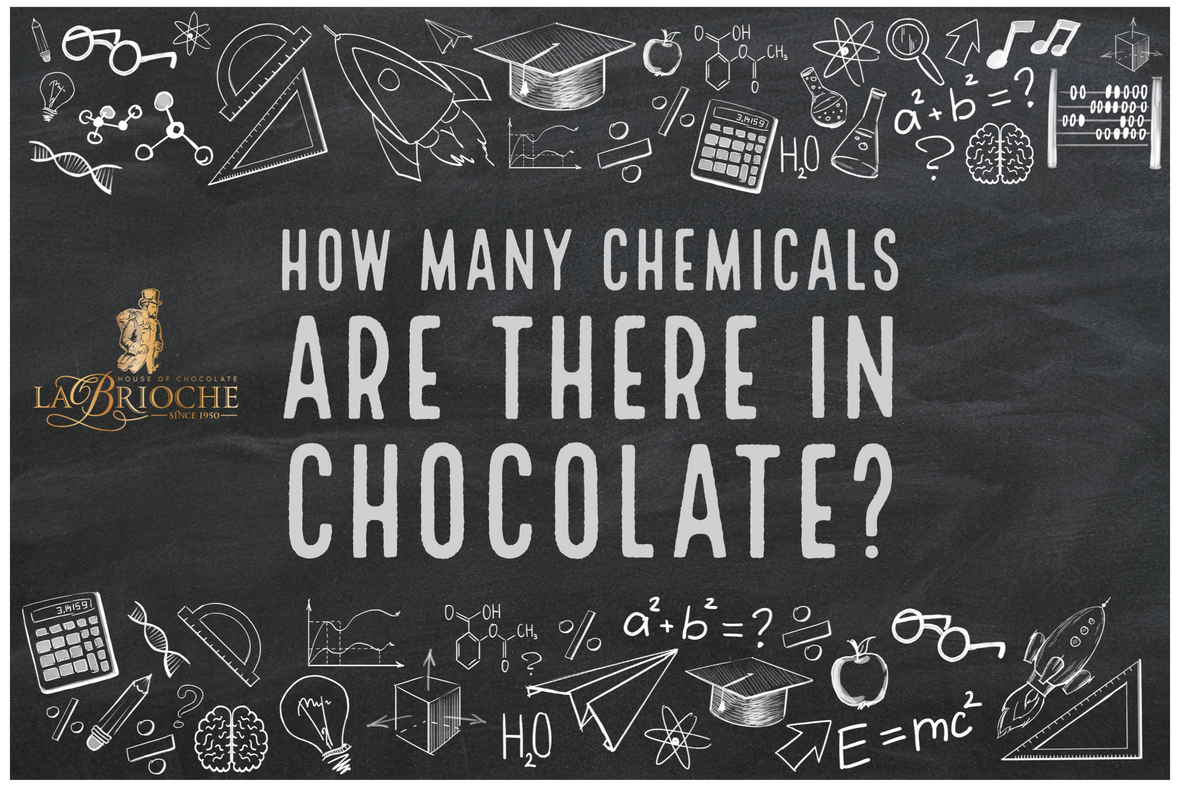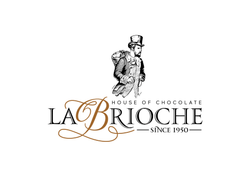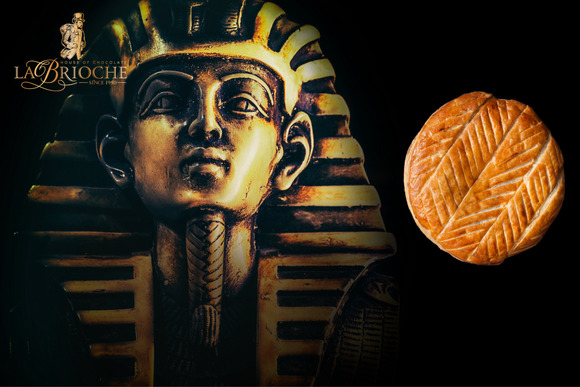
How Many Chemicals Are There in Chocolate?
Omar Adnan Jabri
Chocolate is a complex mixture of numerous chemicals that contribute to its unique flavor, aroma, and texture. While the exact number of chemicals in chocolate can vary depending on various factors such as the type of chocolate, processing methods, and ingredients used, there are hundreds of different compounds that have been identified in chocolate. Some of the main classes of chemicals found in chocolate include:
-
Cocoa solids: Cocoa solids are responsible for the distinct chocolate flavor and are composed of various compounds, including polyphenols (such as flavonoids), alkaloids (such as caffeine and theobromine), and lipids (such as cocoa butter).
-
Sugars: Chocolate contains different types of sugars, including sucrose, glucose, and fructose, which contribute to its sweetness.
-
Fats: Chocolate contains fats, mainly in the form of cocoa butter, which gives it its smooth and creamy texture. Cocoa butter is a complex mixture of fatty acids, including oleic acid, stearic acid, and palmitic acid.
-
Proteins: Chocolate contains proteins, including enzymes, peptides, and amino acids, which play various roles in its flavor, texture, and stability.
-
Flavor compounds: Chocolate contains a wide range of volatile compounds that contribute to its aroma and flavor, including vanillin, which gives it a vanilla-like aroma, and other compounds such as pyrazines, pyrroles, and aldehydes.
-
Minerals: Chocolate contains various minerals, including magnesium, iron, zinc, and copper, which are essential for many physiological processes in the body.
-
Additives: Commercially produced chocolate may contain additional additives, such as emulsifiers (e.g., lecithin), flavorings, and preservatives, which can also contribute to the overall chemical composition of chocolate.
It's worth noting that the chemical composition of chocolate can vary depending on factors such as the origin of cocoa beans, processing methods, and chocolate formulation. Additionally, the amount and combination of these chemicals in chocolate can influence its sensory properties, such as taste, aroma, and texture, which contribute to the overall enjoyment of chocolate.



